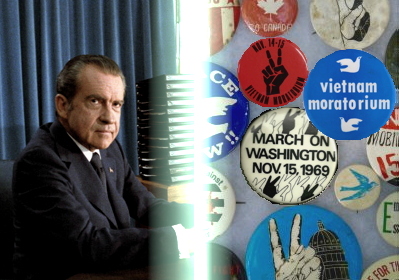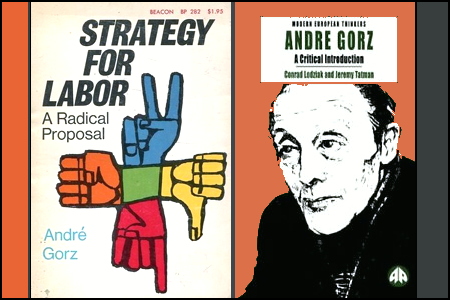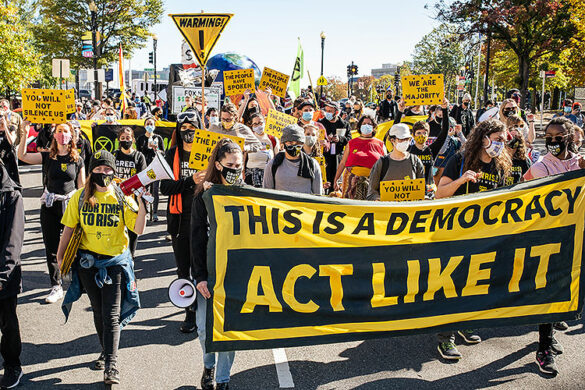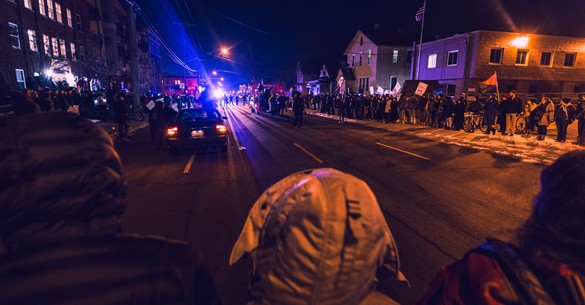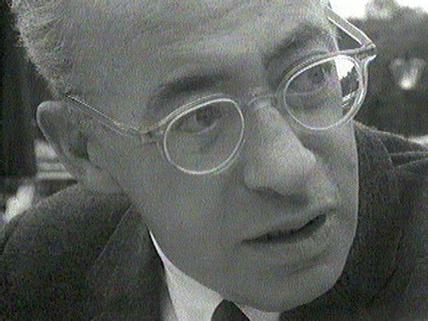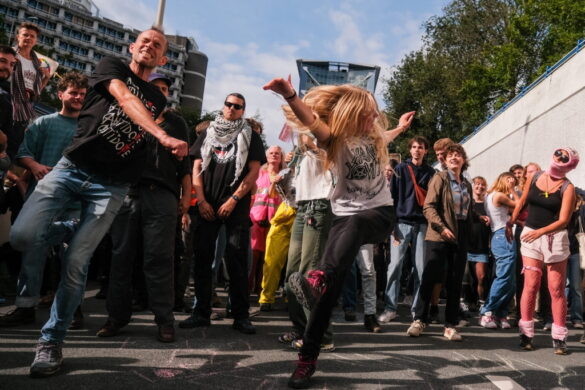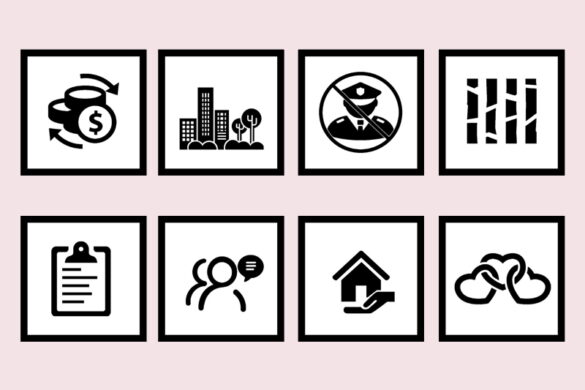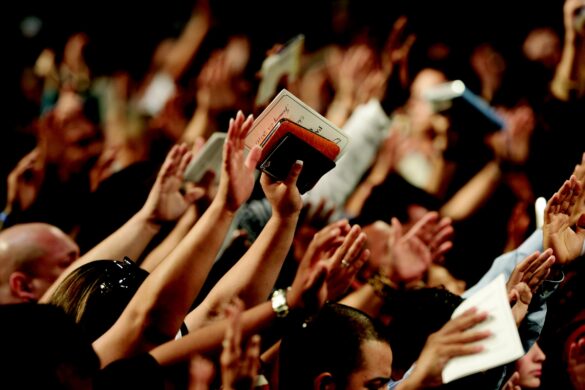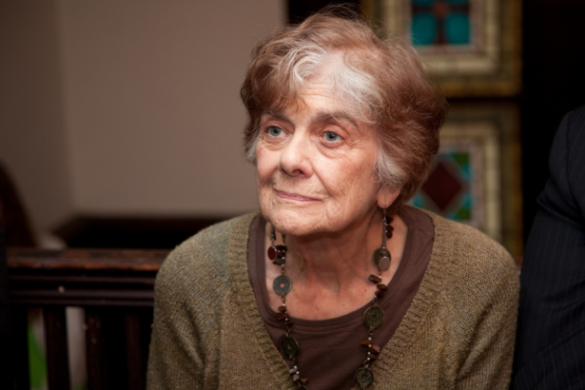Richard Nixon told everyone he was indifferent to protests—in fact, he was obsessed with them.
By Mark Engler
(Published on October 15, 2019 in The Nation)
President Richard Nixon would not be influenced by protest—or so he insisted. “I understand that there has been, and continues to be, opposition to the war in Vietnam,” he stated at a press conference in September 1969. “As far as this kind of activity is concerned, we expect it, however under no circumstances will I be affected whatever by it.”
A few weeks later, reiterating his imperviousness to popular pressure, Nixon argued that “to allow the government policy to be made in the streets would destroy the democratic process.”
The event that prompted his stubborn declarations was the Moratorium to End the War in Vietnam, a series of protests that represented a high-water mark for mass mobilization against US intervention in Southeast Asia. They started with a decentralized, nationwide day of action on October 15, 1969. Then, continuing with a November 15 March on Washington—the largest rally in the nation’s capital to date—the protests dramatized the frustration and disgust that huge numbers of Americans felt about their government’s actions abroad.
Yet organizers and participants in the Vietnam-era Moratorium faced a dilemma that is all too familiar today. In a hostile Washington, DC, even demonstrations that make a formidable clamor can seem to go unnoticed by politicians. Some might ask: What’s the point of protesting a president who is not persuadable?
In the case of the Vietnam peace movement, cynics point out that the conflict dragged on for some six years after the popular resistance seen in 1969. The war was eventually defunded, but activists were never able to savor a clear, satisfying moment of victory. A more careful look at the Moratorium, however, shows that organizing against the war had far greater effects than the movement’s detractors imagine—even on those officials who were most loath to publicly admit it. The lesson for today is that, even with adversarial politicians in control of government, popular mobilizations can reshape the political landscape and go far in defining the conditions to which elected officials must respond.
In Nixon’s case, while the president may have feigned indifference to antiwar protests, he was, in fact, obsessed by them. And his fixation became part of his downfall.
* * * * *
On April 20, 1969, envelope manufacturer Jerome Grossman stood up at a meeting of Massachusetts Political Action for Peace and called for a nationwide general strike in October if the war in Vietnam had not ended by then. In subsequent months, a number of young organizers—including Sam Brown, David Hawk, David Mixner, and Marge Tabankin—jumped on the idea. Refashioning it in more moderate terms as a “Moratorium to End the War in Vietnam,” they called for a temporary halt in business as usual to show public disapproval of the war, and they envisioned local actions in communities across the country. They also set a date: Wednesday, October 15, 1969.
The tactical vision of the Moratorium was not to concentrate resistance in a single city, nor to insist that participants undertake the most confrontational actions possible. Rather, it was to embrace a huge swath of tactics—deployed by diverse groups around the country—to highlight the breadth of anti-war sentiment. When the day arrived, the Moratorium drew on the peace movement’s campus base, with countless university teach-ins, walk-outs, candlelight vigils, and sit-ins at draft boards. But it extended far beyond that, involving millions of Americans.
Historian Howard Zinn wrote about one major gathering in Boston, noting the dramatic reversal from just a few years before: “In early 1965, when the bombing of North Vietnam began, a hundred people gathered on the Boston Common to voice their indignation. On October 15, 1969, the number of people assembled on the Boston Common to protest the war was 100,000. Perhaps 2 million people across the nation gathered that day in towns and villages that had never seen an anti-war meeting.”
Reflecting on the demonstrations, NBC newscaster Frank McGee stated on air, “Surely this is a day unique in our history. Never had so many of our people publicly and collectively manifested opposition to this country’s involvement in a war.” In the tiny Mennonite town of North Newton, Kansas, students rang a bell every four seconds for every US soldier who had died in Vietnam. It rang 12 hours a day for four straight days. On the lawn of the National Institutes of Health, government employees rallying under the slogan “War is Unhealthy and Insane” organized an appearance by Dr. Benjamin Spock, who addressed a crowd of several thousand. Later that evening, Coretta Scott King led a mass march down Pennsylvania Avenue.
Historian Rick Perlstein reports that, on Wall Street, thousands of businessmen walked in a procession to Trinity Church, while as many as 100,000 people gathered in Midtown, joined by New York City Mayor John Lindsay, “who draped City Hall with black crepe and ordered all city flags flown at half-staff.” The front page of the San Francisco Chronicle reported 25,000 people sloshing through “drenching rain” to protest; the same page carried a headline reading, “Poll Shows Nixon’s Popularity Lowest Yet.”
One month later, on November 15, the movement followed up with a second Moratorium, this one focused on a march in Washington, DC. Official estimates cited crowds of 250,000, while organizers estimated well over a half million. The New York Times reported it as the capital’s largest ever gathering, invoking “a great and peaceful army of dissent moving through the city.”
Within the actual US army, anti-war activity among enlisted troops surged. The week before the November 15 demonstration, a full-page ad appeared in The New York Times signed by more the 1,300 active duty soldiers who endorsed the Moratorium and presented demands to “end the war” and “bring us home now.” Contrary to the persistent myth that the Vietnam peace movement was hostile to those Americans who had been sent to fight overseas, hundreds of veterans were welcomed into the Moratorium march. Their presence was a harbinger of resistance that would soon become more visible with the rapid growth of Vietnam Veterans Against the War and the expansion of the GI coffeehouse movement, in which anti-war veterans and organizers opened coffee shops near military bases that served as gathering places for current and former troops who opposed the war.
* * * * *
In the age of Trump, protesters once again face a president who claims to be impervious to criticism and responsive only to his far-right base, though he may more accurately be characterized as thin-skinned and reactive. Attention to the conditions of his Republican predecessor’s undoing—and the role of public protest in forming those conditions—has therefore taken on new relevance.
While the scope of the Moratorium actions was undeniably impressive, it is fair to ask whether they made a dent on the Nixon administration’s behavior. In her book The Vietnam Wars, historian Marilyn Young writes that, during the November Moratorium march, “the White House itself, like a campsite in an old Western, was completely surrounded by a protective circle of buses parked bumper to bumper.” The administration tried to spread the message that Nixon, unconcerned by the demonstrations, spent the day watching football. Yet the president was hardly as well-insulated—or as indifferent—as he let on.
In reality, Nixon was intensely aware of the anti-war movement, rued that it limited his actions, and schemed how to sap its momentum. This resulted in some immediate changes: Seeking to blunt the Moratorium’s impact on public opinion, the White House canceled two draft calls scheduled for the fall of 1969, and Nixon removed widely despised General Lewis Hershey from the leadership of the draft administration. Over the course of the next two years, the draft would be eliminated altogether.
Beyond such preemptive moves, Nixon went on the attack against dissidents. The president’s advisers (including Democrat Daniel Patrick Moynihan) plotted with him about how they could “show the little bastards.” And Nixon was shrewd in exploiting the movement’s missteps when it descended into sectarianism and self-isolating violence, as with the Weatherman’s suicidal “Days of Rage” in Chicago just a week before the first Moratorium, in which a small group of dissidents aiming to “bring the war home” engaged in bloody street fights with a city police force that was well armed and well prepared for mayhem. In early November 1969, Nixon delivered his famous “silent majority” speech, where he highlighted such excesses and attempted—with some success—to win back support that the movement had whittled away.
Nixon also deployed underhanded tactics to discredit the movement, including fabricating messages on Moratorium letterhead and sending them to congressional offices in an effort to sow confusion about the mobilization’s tactics. The president’s penchant for dirty tricks—such as arranging illegal wiretaps of anti-war enemies or ordering operatives to steal information from the office of Daniel Ellsberg’s psychiatrist, in hopes of blackmailing the “Pentagon Papers” leaker—would fuel the scandal that, in the end, led to his resignation in the face of imminent impeachment.
* * * * *
More important than how Nixon personally responded to protests is the manner in which anti-war activism helped to set the terms of public debate. Specifically, it helped make outright support for expanding the war in Vietnam into a lethal proposition for almost any politician. In early 1965, when the first national demonstration was being organized, opposition to the Vietnam War was barely on the radar of the Democratic Party, both for its elected officials and its base of voters. By the time of the Moratorium, it was likely the central issue. Polls that in March 1966 showed two-to-one support for American involvement in Vietnam had virtually flipped the other way by September 1969—with nearly 60 percent of the public saying the war was wrong. And this reversal had stark consequences, having already fostered the demise of one headstrong administration: As comedian Dick Gregory joked to Moratorium activists, “Last month the President of the United States said nothing you young kids would do would have any effect on him. Well, I suggest… if he wants to know how much effect you youngsters can have… he should make one long distance phone call to the LBJ ranch.”
Often overlooked today is the fact that Nixon, although a staunch anti-Communist, did not run on the premise of escalating the war, but rather on the idea that he was the best person to end it. His stance had everything to do with public opinion. Upon election, Nixon told an aide, “I’m not going to end up like LBJ, holed up in the White House, afraid to show my face in the street. I’m going to stop that war fast.” Nixon escalated the conflict in horrific ways, most notably with the secret and illegal bombing of Cambodia and Laos. But he had to do so surreptitiously for fear of popular backlash. By the time of his “silent majority” speech, he continued to call on Americans to be “united for peace”—while also pleading for time to secure a face-saving “peace with honor.”
After the second Moratorium, the movement succumbed to significant fissures, with moderate organizers moving largely into electoral campaigns and radicals pursuing strategies of militant confrontation that appealed to a dwindling base. Amid this schism, efforts to build broad support for mass protest faltered, and this likely allowed Nixon to be able to survive on vague and contradictory promises of peace for longer than he might have otherwise. Yet even so, the administration knew that maintaining US combat presence in Vietnam was untenable. While he had delayed in removing substantial numbers of soldiers for much of 1969, the president commenced decisive withdrawals in the 12 months after the Moratorium. As the administration promoted a strategy of “Vietnamization” of the war, US troop levels fell from nearly a half million in 1969 to around 335,000 in 1970, then to 157,000 in 1971, with the great majority of combat troops departing by early 1972.
Ultimately, actions like the Moratorium to End the War in Vietnam tell us much about the nature of power. We often imagine that CEOs, senators, presidents, and generals are free to pursue their prerogatives as they desire. But faced with a widening refusal of the population to condone or cooperate with their mandates, they quickly find themselves facing serious constraints. The impact of demonstrations and social movement organizing can often be measured less on how they directly move targets, and more based on how they activate resistance in ever-wider segments of the population and alter the terrain upon which all power-holders must maneuver.
In 1972, the war was not over, the US was still involved in atrocities, and protests over the use of American aid and airpower would continue. Yet efforts at resistance could hardly be judged ineffectual—and a president who vowed to remain unaffected by dissent proved to be anything but.

